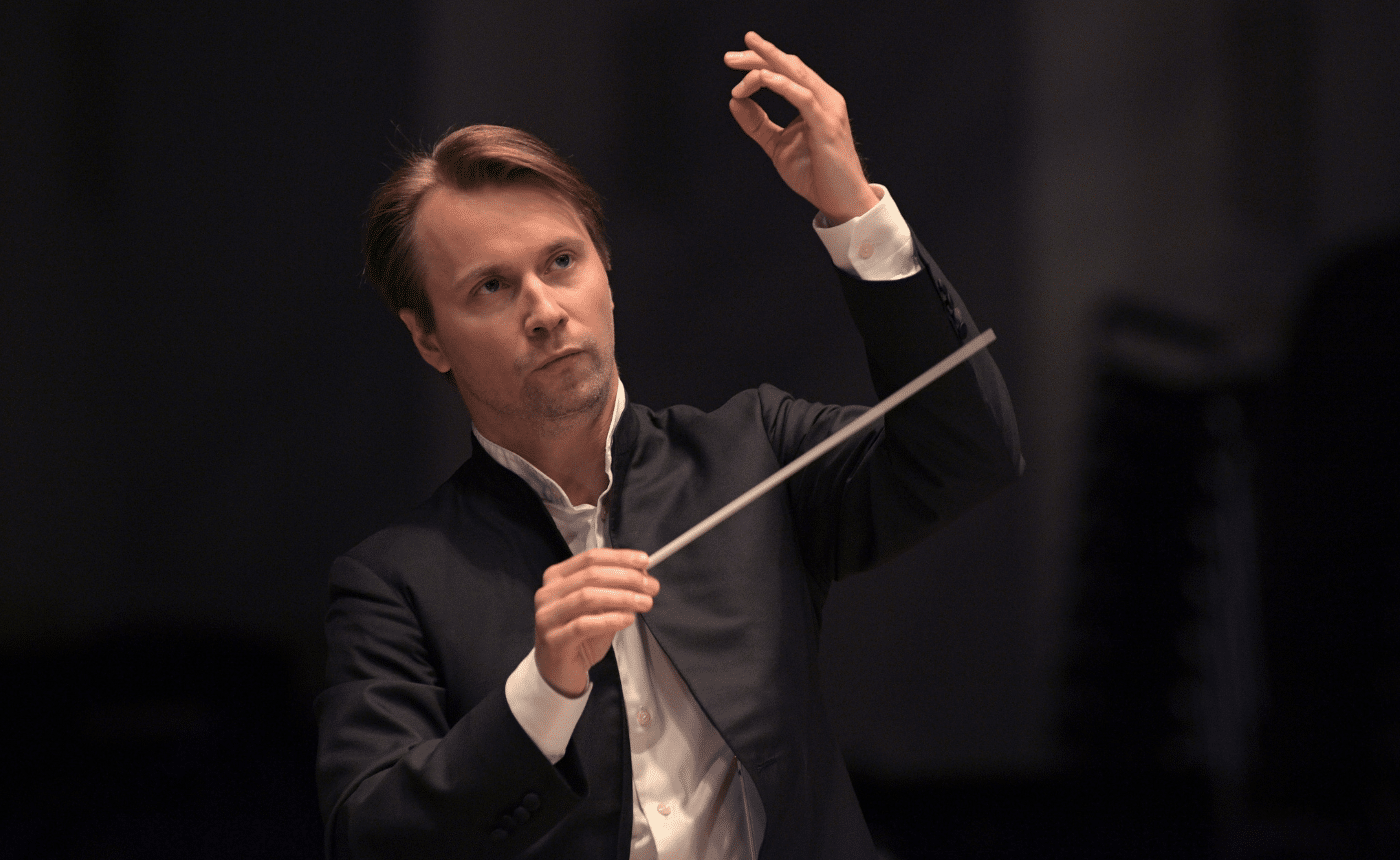Nielsen – Symphony No. 3, op. 27 (“Sinfonia espansiva”)
by Jeff Counts
Instrumentation: 3 flutes (3rd doubles piccolo), 2 oboes (3rd doubles English horn), 3 clarinets, 3 bassoons (3rd doubles contrabassoon), 4 horns, 3 trumpets, 3 trombones, tuba, timpani, strings.
Duration: 39 minutes in four movements.
THE COMPOSER – CARL NIELSEN (1865-1931) – Nielsen added regular conducting responsibilities to his already busy life in 1908 when he took on one of the kapelmester positions at the Royal Chapel. Even though his conducting occasionally put him on the wrong side of critical opinion, Nielsen’s reputation as a composer was as strong as ever in 1912 when he led his orchestra colleagues on a program featuring two of his own premieres.
THE HISTORY – The concert included Nielsen’s Violin Concerto and his highly anticipated 3rd Symphony. The subtitle of “espansiva” was there from the start, as was some confusion about its meaning. Symphony No. 3 was no more “expansive” in compositional scope than No. 2, nor did it require a noticeably “expanded” orchestra. According to Robert Simpson, Nielsen’s “espansiva” terminology referred to “the outward growth of the mind’s scope and the expansion of life that comes from it.” Nielsen was attempting to demonstrate the notion that great art, although forged from the private fires that burn inside an artist, seeks to grow beyond its origin and contribute to humanity’s collective experience. For Nielsen, this process was clearly one of unashamed exhilaration. The 3rd Symphony is irresistibly sunny in character, so much so that it likely fed the general (and ongoing in some cases) belief that Nielsen’s music was always thus. Not true, as this season’s chronological survey of his 6 symphonies will prove. The 3rd Symphony’s success gave Nielsen his first real international credibility. Immediately after the Copenhagen premiere, he conducted it Amsterdam and before long it was programmed in Germany, Sweden and Finland. Though somewhat less common now, it remains a popular component of his symphonic half-dozen, due in no small part to the fantastically tranquil second movement. “Espansiva’s” slow movement, which Nielsen once referred to as a “landscape Andante,” is unique in his canon for its use of wordless solo voices. He almost certainly recalled his native island of Funen while he wrote it and he later stated that he hoped for a better understanding of “man’s intense feelings as a result…” The same might be said of “espansiva” in its entirety.
THE WORLD – Scott reached the South Pole in 1912, only to find Amundsen’s flag already there. Also that year, the RMS Titanic went down during her maiden voyage, Piltdown Man was “discovered” in England and the African National Congress was formed.
THE CONNECTION – The Utah Symphony last performed Nielsen’s Symphony No. 3 in 2003. Guest Conductor Christopher Wilkins was on the podium.











